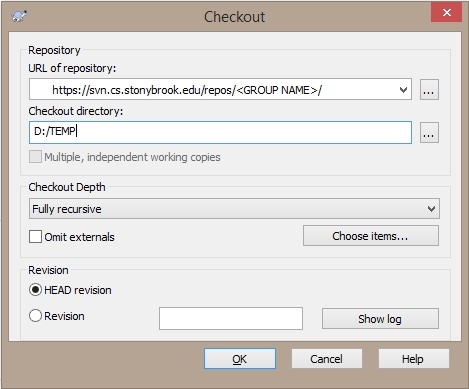
Of The Map of Early Modern London, and PI of Linked Early Modern Drama Online. Janelle Jenstad is Associate Professor of English at the University of Victoria, Director Her early modern scholarly expertise to bear on the MoEML project. Has always loved both London and maps, and so is particularly delighted to be able Materials while ensuring their ongoing preservation and conservation. Interested in the development of digital resources that will improve access to these She has a passion for rare books and manuscripts as social and material artifacts, Paratext and early modern women writers, and worked a number of years for the Bodleian Libraries and as a freelance editor. Library, completed a doctorate at Oxford on In the past, she held an internship with theĬurator of manuscripts at the Folger Shakespeare She is currently Co-Director of a sister project to EMLO called Women’s Early Modern Letters Online ( WEMLO). Oxford, where she was the editor of Early Modern Letters Online, an open-access unionĬatalogue and editorial interface for correspondence from the sixteenth to eighteenthĬenturies. To The Map of Early Modern London from the Cultures of Knowledgeĭigital humanities project at the University of Associate Project Director, 2015.Īssistant Project Director, 2013-2014. "Fixing references in myFile and mypoem and adding citations toĭirector of Pedagogy and Outreach, 2015–2020. Svn commit myFile.txt stuff/mypoem.xml bibliography.xml -m Svn commit stuff/mypoem.xml -m "Adding to all

You can type just enough to create a unique path, thenįind all commits in a specific date range:įind all commits in a specific date range by a specific user:Įxamining changes (from revision 3 to revision 4)Ĭheck the status of your repository (what has changed, what has yet toĪdd your new file (located at stuff/myfile.xml). Path completion saves you typing a long file or folder Show the last 5 log entries from the svn revision history go to the containing folder)įind out about the repo (must be run when your working directory List contents of current folder with details Where am I now? (What is the path to the current folderĪt the command line, also known as the working directory?)
#Svn checkout windows#
Windows: Windows key, r, type cmd and pressĬheck out the repository (data folder only)Ĭheck out the entire repository (takes a lot of disk space)
#Svn checkout mac#
#Svn checkout mac os x#

Delete Files from the Repository on Windows.Access Files from the Repository on Windows.Delete Files from the Repository on Linux.Access Files from the Repository on Linux.Select a directory in windows explorer where you want to place your working copy. Working-copies SVN checkout using Tortoise SVN $ svn checkout file:///var/svn/repos/test \ It will ask you for the username and password, provide the user credentials.Ĭheck out two different directories into two separate working copies, but place both into a directory called working-copies: The above command will create a working copy. The syntax for the checkout command is as follows: If multiple URLs are given, each will be checked out into a subdirectory of PATH, with the name of the subdirectory being the basename of the URL. If PATH is omitted, the basename of the URL will be used as the destination. To checkout, we should have the URL of the file or repository.Ĭheck out a working copy from a repository. It can be performed to a file, a project, or a repository. The checkout operation creates a working copy of the repository where we can edit, delete, or add contents.

If we want to access files from the SVN server, then we have to check out it first. The Checkout command is used to copy the files from the SVN repository to the working copy. To obtain a working copy you need to do a checkout from a repository.


 0 kommentar(er)
0 kommentar(er)
